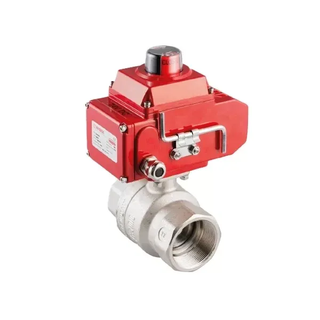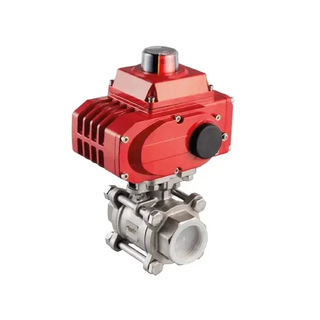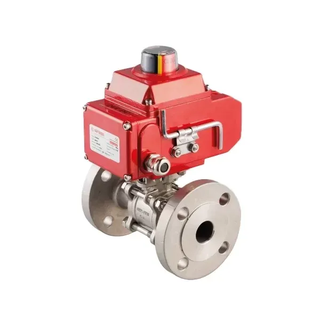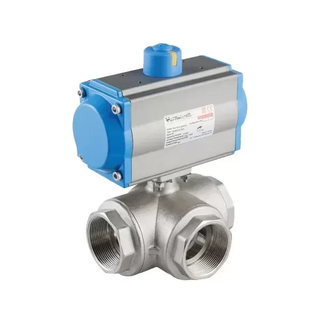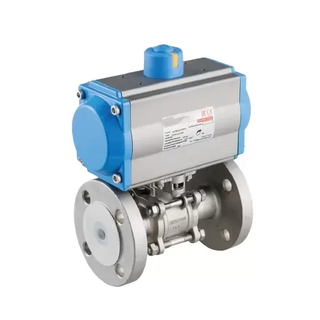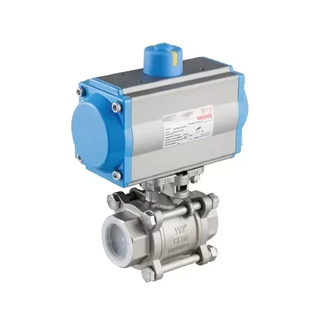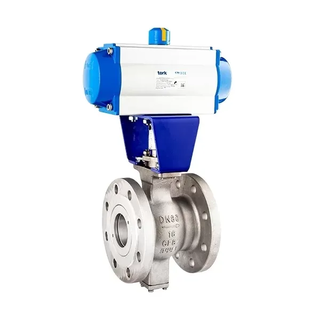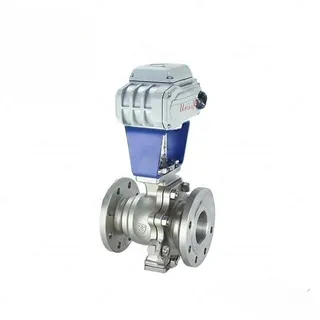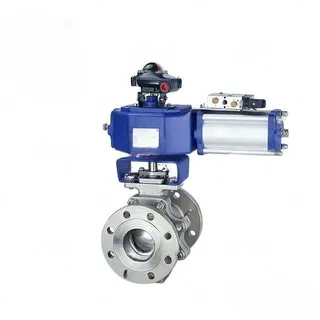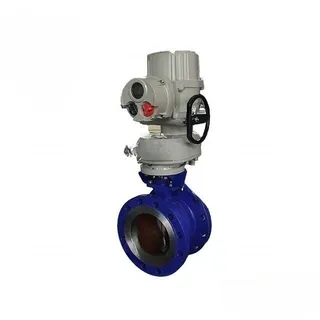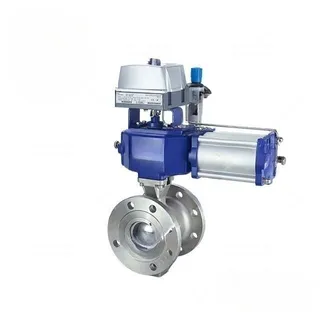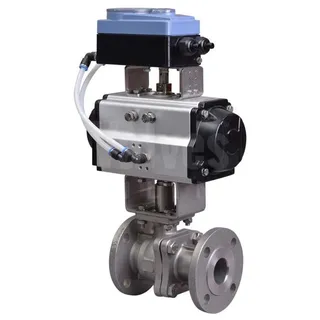Ball control valves, derived from standard ball valves, are designed to regulate fluid flow with a precise quarter-turn motion. They feature a spherical closure element, known as the "ball," with a port or opening at its center. When the ball is rotated, the opening aligns with the direction of fluid flow, allowing it to pass through. Conversely, when the ball is turned to block the flow, the valve closes.
These valves are highly customizable, with trim options tailored to specific temperature, pressure, and fluid requirements. This adaptability makes them ideal for high-pressure applications, ensuring accurate flow regulation in demanding environments. Ball control valves are particularly valuable in industries such as petroleum, natural gas production, and chemical processing, where precise flow control is essential. Their reliability and efficiency in managing fluid movement make them indispensable in a wide range of industrial systems and processes.
Ball control valves are widely used in various industries to regulate fluid flow with high precision. They feature a spherical element (the "ball") with a central hole that rotates to either allow or block fluid flow. These valves are known for their tight shut-off, low maintenance, and adaptability to different temperatures and pressures, making them ideal for applications in oil and gas, water treatment, chemical processing, and HVAC systems. Ball control valves can be operated manually or automated using pneumatic, hydraulic, or electric actuators for remote operation.
The ball valve’s resistance is minimal, ensuring efficient fluid flow and reducing energy consumption.
Simple design reduces manufacturing and installation costs.
Reliable sealing materials and oil-film technology minimize leakage and improve valve longevity.
A 90° turn opens or closes the valve quickly, enabling efficient flow control.
The simple design makes cleaning and component replacement straightforward.
The sealing surface is protected from erosion in fully open or closed positions.
Available in various sizes and can withstand high-pressure or high-vacuum conditions.
Flush the system to remove debris and prevent contamination.
Ensure pressure is relieved before maintenance by opening the valve and disconnecting power or air sources if necessary.
Prevent damage to sealing rings during disassembly and cleaning.
Tighten bolts evenly to prevent leaks.
Use appropriate solvents to avoid damage to valve components.
Store valves in dry, moisture-proof conditions to prevent rust and deterioration.
Ball control valves come in three primary types:
These valves have a reduced port, which means the valve opening is smaller than the pipe's full diameter. While they offer a cost-effective solution, they may result in higher pressure drops compared to full-port valves.
Full-port valves have a bore that matches the pipe diameter, resulting in minimal pressure drop and higher flow capacity. These are ideal for applications that require the highest flow rates.
V-port ball valves are specifically designed for applications requiring precise flow control. These valves feature a V-shaped ball, which allows for better control of the flow rate and more accurate throttling compared to standard port or full port ball valves.
The primary function of a ball control valve is to regulate the flow of fluid within a pipeline. The spherical ball inside the valve has a port that, when aligned with the flow direction, allows fluid to pass through. When the ball is rotated 90° and the port is perpendicular to the flow, the valve closes, stopping the flow of fluid. This simple but effective operation makes ball control valves one of the most widely used and reliable types of control valves.
Ball control valves can be configured with various end connections depending on the requirements of the piping system. These connections may be threaded, flanged, welded, or soldered. The flexibility in end connections allows for easy installation and removal, making it easier to integrate ball valves into a wide range of systems.

